Ok, maybe not so much in the title. Did you know sharks have roamed the earth for 400 million years and have been instrumental in maintaining healthy ocean ecosystems? They’re amazing creatures and in case you’re actually interested in learning about sharks (instead of becoming frightened by them while watching Shark Week), here are 12 of the most popular posts about sharks on BCS from the past five years.
- What I know about whale sharks (March 2013)
- CITES recognizes marine species (March 2013)
- Myth debunked: Delaware Bay not an annual pit stop for all shark species (September 2012)
- Sink your teeth into this: 20 facts about shark teeth (August 2012)
- 10 fish you don’t see during Shark Week (August 2012)
- What is shark finning? (February 2012)
- 5 most dangerous shark species (June 2010)
- The sixth sense (August 2009)
- What do sand sharks eat? (February 2009)
- What are the rarest shark species? (February 2009)
- Do sharks have bones? (January 2009)
- What is the biggest fish in the sea? (November 2008)
Also, feel free to email any questions to info@beachchairscientist.com if you have additional questions!

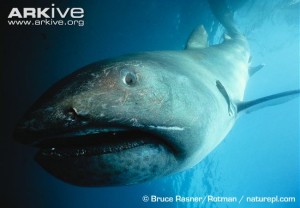
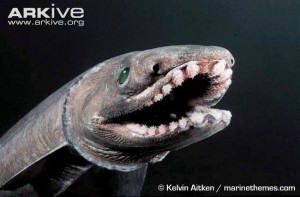
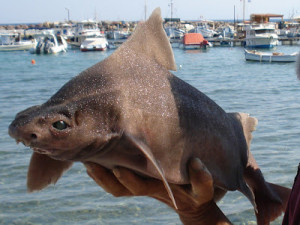
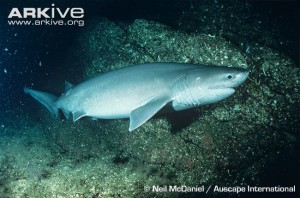
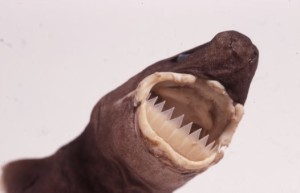
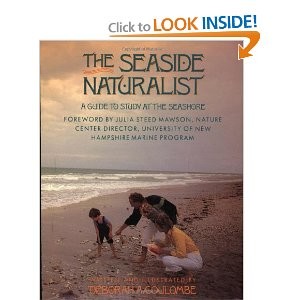
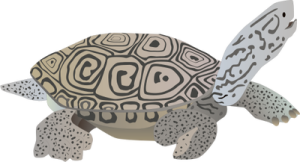
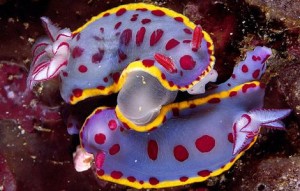
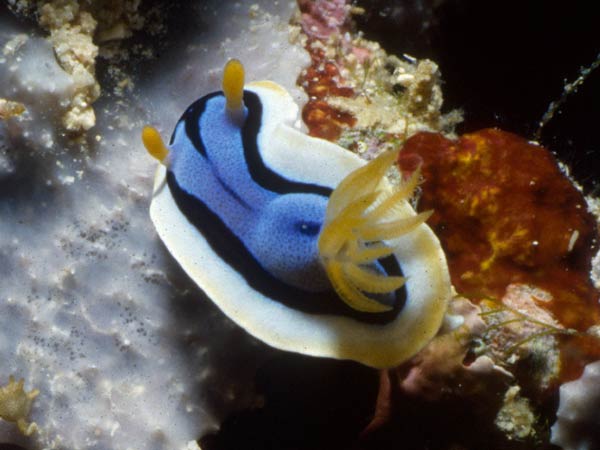
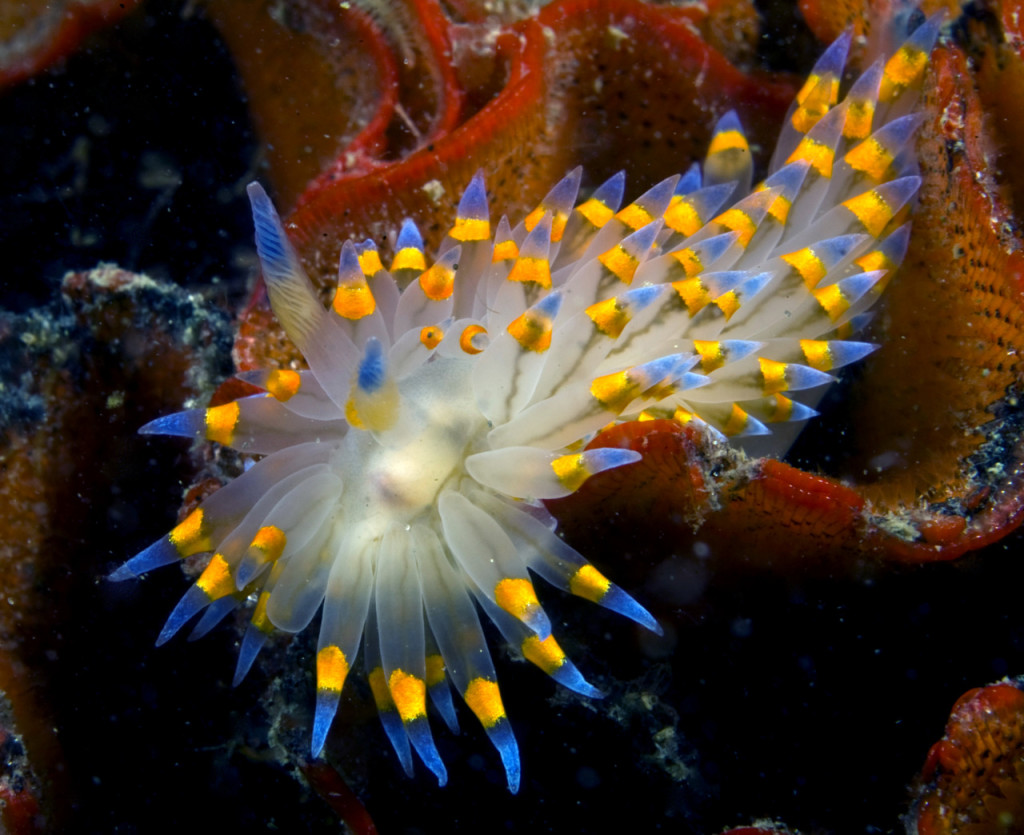
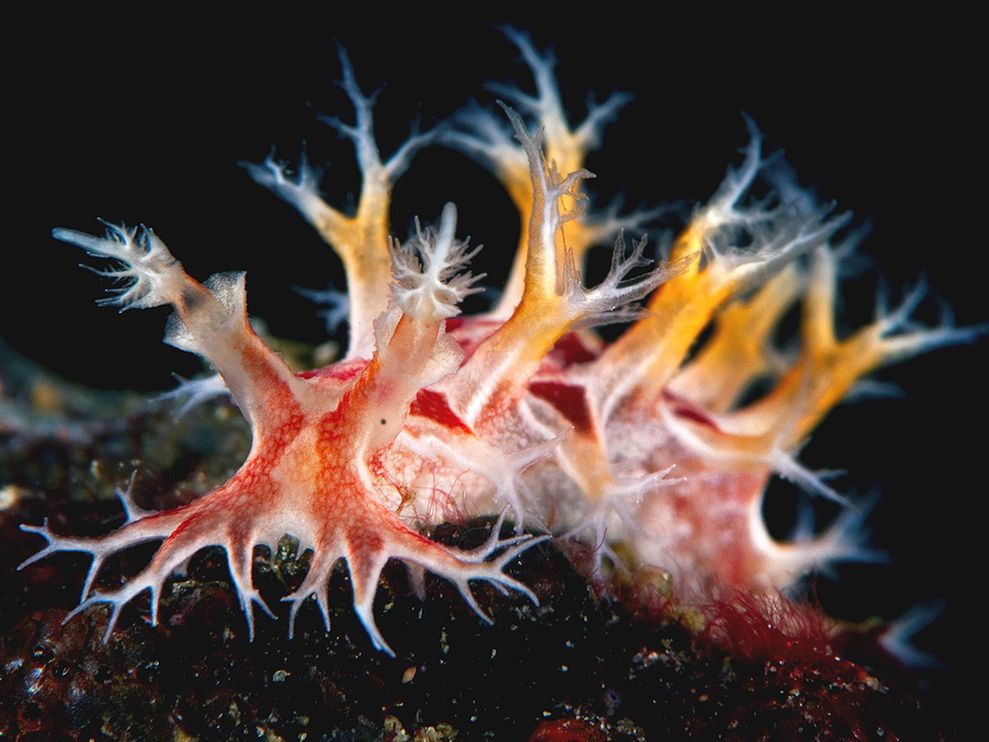


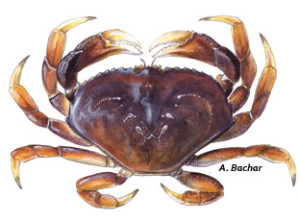
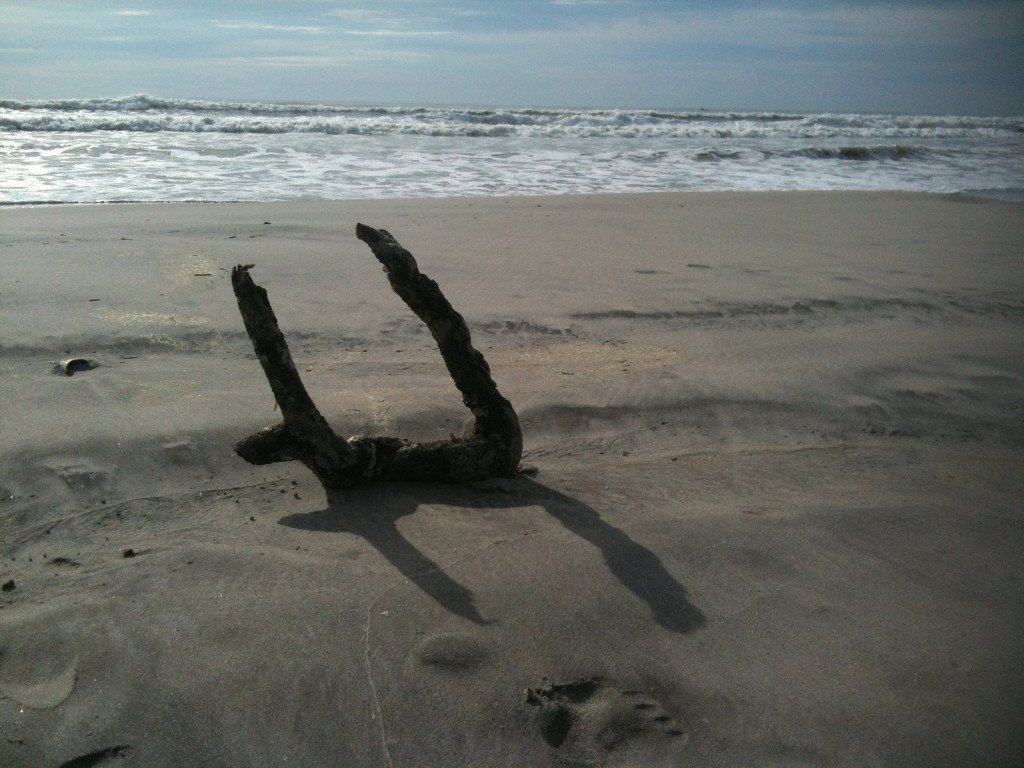








What people are saying …